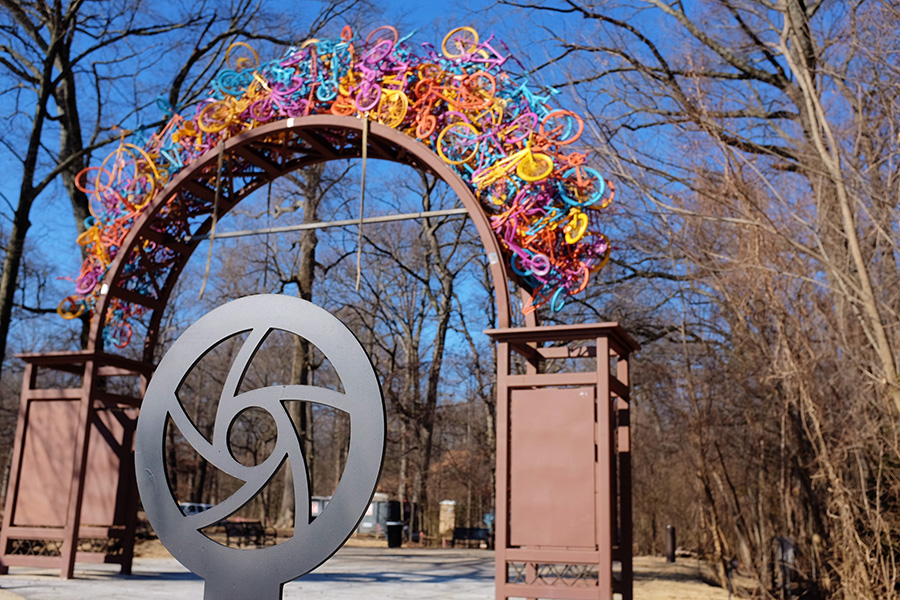Connection Plan
Coventry Context: Home of Cycling
Existing citizen-created data suggests that the micromobility connection between Coventry City of Culture 2021 and the University of Warwick has the potential for significant improvement. Moreover, there are already a wealth of user generated suggestions for such development. Taking this as a starting point, the Cyclability project aims to further develop understanding through more systematic participatory methods: the culmination being a series of infrastructure improvement proposals that collectively better integrate the UoW with the home of the "Rover Safety Bicycle".Link opens in a new window

Developing Existing Designation and Infrastructure
Coventry already has a number of National Cycle Ways designated around the City; although they are currently isolated stretches.
Proposal will aim to incorporate these existing stretches to connect formally with the University of Warwick Campus. The proposal will also create opportunities for projects that enhance current designation through the use of Living Laboratory interventions. These will both actively improve the city's infrastructure and create research opportunities for staff, students and wider stakeholders wanting to generate knowledge for wider impact.
Existing Proposals
Coventry Council has significant planned developments to improve micromobility in the City. These can be found hereLink opens in a new window.
Furthermore, others in the community have worked with existing defined cycle routes to make further proposals for better connectivity between the UoW and the City centre. The GSD Green Micromobility Project aims to contribute to such developments.
Proposed Living Laboritory Interventions
The below map identifies discrete opportunities for interventions but which contribute to the consruction of a Green Micromobility Corridor between the University of Warwick Campus and the City. The route also contributes to connecting the City to Kenilworth thus making a valuable contribution to a wider stratergy for micro mobility in the City Region.
Each intervention opportunity is coded; being described in more detail in the tabs below the map. "U" represents opportunities on the University Campus, "CC" denotes opportunities for Coventry Council to impliment in partnership with the University.

U1
The University are already expermenting with oneway traffic flow on the Academic Loop. Providing priority access from the micromobility lane onto the loop, and then further formally segragated travel onto University Rd would create further friction for car usage and positive incentives for low carbon alternatives. From there, those using micromobility could travel accross the campus; ultimately, this contributes to connecting the City of Coventry in the North with Kenilworth in the South; potentilly on to Leamington via the proposed K2L connection.
Research Opportunity
Car users could be offered the continious opportunity to feedback on interventions, using large QR codes presented on poles on the righthand side of the Rd, with simple instructions. A QR code 33cm square can be sucessfully read from 3 meters away [LinkLink opens in a new window].
CC1
This section of the proposed route is a residential neigbourhood with limited car traffic. The existence of a circular road route allows for the creation of a oneway traffic flow. Therefore, half of the existing road could be allocated for protected micromobility use without seriously impacting traffic flows.
The space would also allow embedding of other ecosystem services, such as additional planting to filter pollutants and further green the aesthetic of the Canley neigbourhood; complimenting the new park landscaping already created adjacent to the new housing estate.
Research Opportunities
- Track air quality changes with mobile air quality sensors.
- Track car usage and soeed with road counters before and after.
- Engage with residents before, during and after a trial intervention.
- Reflect on role of a university to be actively and directly involved in local urban development and planning.




